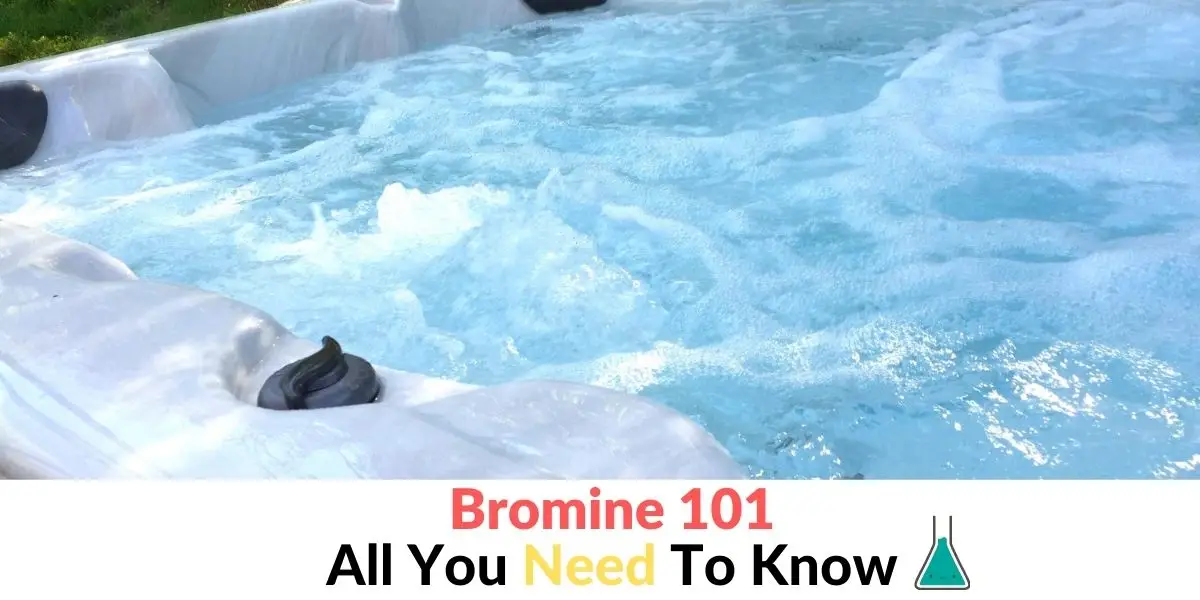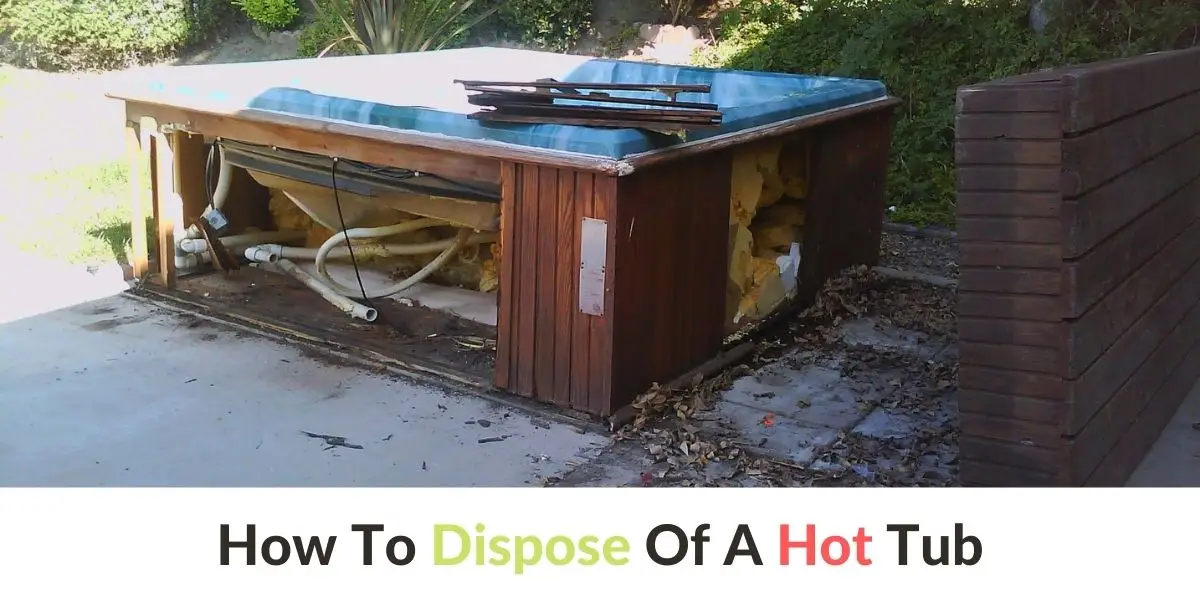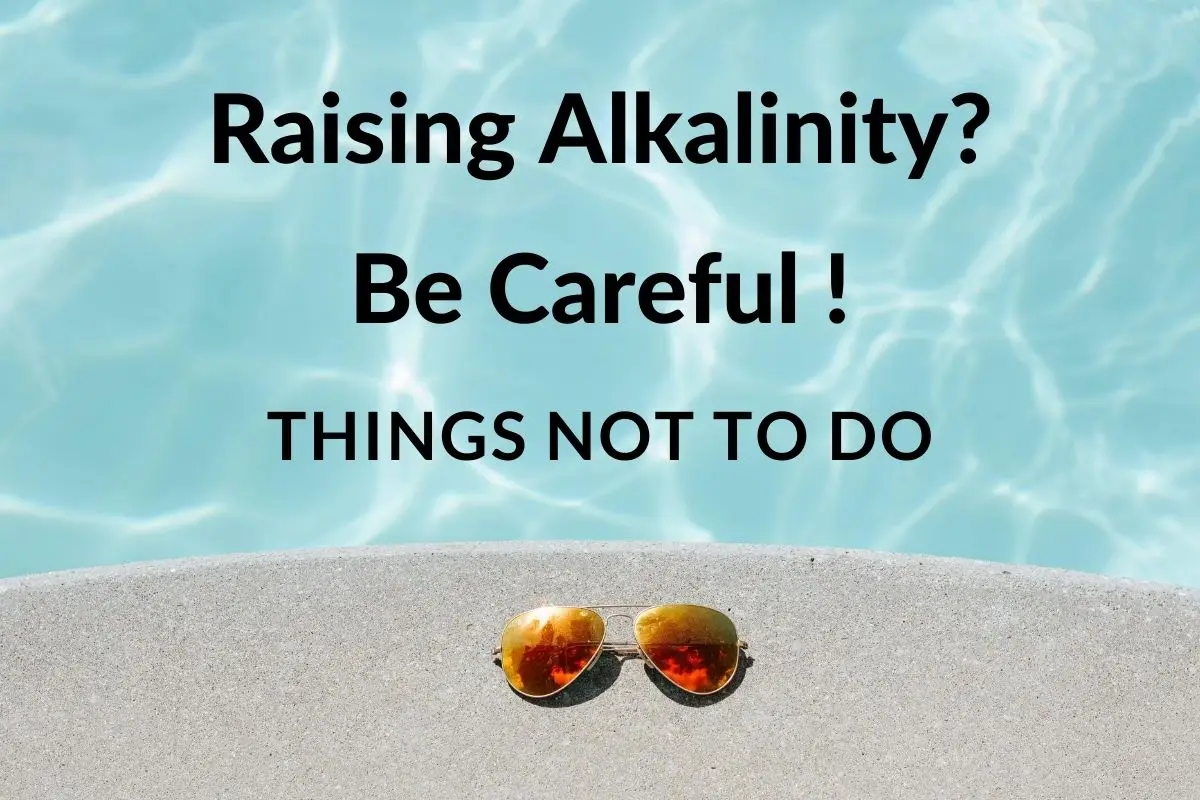Hot Tub Chemistry Tips: Maintaining Clear & Balanced Water

Key Highlights
- To keep the water in your hot tub clear and balanced, you need to regularly check the chemicals.
- Knowing the basics of hot tub chemistry is important for a healthy hot tub space.
- Chemicals like chlorine, pH level, and sanitizer are key for keeping the water balanced.
- Always use safety steps when dealing with hot tub chemicals.
- The process to add chemicals includes checking water quality, fixing pH levels, sanitizing, and doing shock treatment.
- Checking daily, weekly, and monthly helps keep chemical levels right and avoid water issues.
Introduction
Whether you are a hot tub expert or just starting out, knowing the basics is important for enjoying your spa fully. It helps to balance pH levels and clean properly. Learning how to maintain your hot tub can keep the water clear and create a safe environment for relaxing. Let’s explore hot tub chemistry and find easy ways to keep your spa in great shape!
Understanding Hot Tub Chemistry Basics
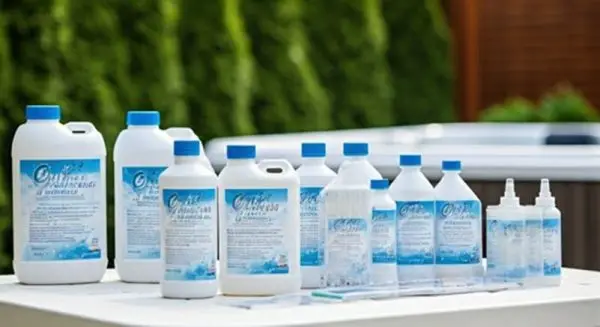
To enjoy your hot tub to the fullest, it’s important to know some basics of hot tub chemistry. This means keeping the right balance of chemicals, like pH levels, chlorine, and bromine, as well as the alkalinity level, to have clean water. You should also understand total alkalinity and calcium hardness. These terms help you achieve good water chemistry. By knowing these key ideas, you can make your hot tub a safe and relaxing space. Learning these basics helps you take care of your hot tub chemicals and enjoy a great soaking experience.
The Role of Chemicals in Your Hot Tub
Proper chemistry in your hot tub is important for clean and safe water. Chemicals help keep your hot tub water quality high. They balance the pH levels, sanitize the water, and stop bacteria from growing. When you use the right chemicals in the right amounts, your hot tub stays a safe environment for relaxation. Every hot tub owner should know about these chemicals to enjoy their spa without worries.
Essential Chemicals for a Healthy Hot Tub
To keep your hot tub healthy, you need some important chemicals. These are chlorine, bromine, pH increaser, pH decreaser, alkalinity increaser, and calcium hardness increaser. These chemicals help balance the water chemistry. This makes sure your soak is safe and enjoyable every time.
By testing and adjusting these chemical levels often, you can stop problems like cloudy water, algae, and scale buildup. This will help create a clean and welcoming space for you to relax in your hot tub.
Preparing for Hot Tub Chemical Maintenance
To keep your hot tub clear and clean, start by getting the right tools for hot tub care. You need test strips to check water quality. You will also need hot tub chemicals like chlorine shock and pH increaser. Safety is very important! Make sure to get protective gear and follow the rules for using chemicals. A well-maintained hot tub helps you enjoy a relaxing soak. Always prioritize safety to have a good time in your hot tub.
What You Need to Get Started
A good hot tub water chemistry routine starts with the right tools. First, gather some important items like test strips. These will help you check the water quality. You will also need a pH increaser or decreaser to balance the acidity of the water. Don’t forget a sanitizer to keep the water clean and safe. It’s a good idea to get a hot tub cover too. This will help keep the heat in and keep debris out. Having these basic things ready will help you maintain your hot tub water chemistry.
Safety Tips for Handling Hot Tub Chemicals
- Always put safety first when using hot tub chemicals.
- Wear protective gear such as gloves and goggles.
- Store chemicals in a cool, dry spot away from sunlight.
- Keep them out of reach of kids and pets.
- Never mix different chemicals together.
- Follow the instructions from the manufacturer carefully.
- If you get chemical on your skin or in your eyes, rinse well and get medical help if you need it.
- Safety is important for enjoying your hot tub without worries!
Step-by-Step Guide to Adding Chemicals
- Step 1: It is important to test the water quality. Use test strips to check pH, total alkalinity, and sanitizer levels.
- Step 2: Adjust the pH levels if needed. You can add pH increaser or decreaser as required.
- Step 3: Focus on sanitizing your hot tub. Make sure to maintain free chlorine or bromine levels.
- Step 4: Use shock treatment to get rid of contaminants.
- Follow these easy steps often to keep your hot tub water clean and balanced.
- Stay proactive to have a relaxing soak in a safe environment.
Step 1: Testing the Water Quality
Testing your hot tub water quality is very important, especially if you live in areas with hard water. You can use test strips or digital testers to check levels of chlorine, bromine, pH, alkalinity, and calcium hardness. Make sure each level is in the right range. You should test the water on a regular basis. It’s best to do this before each use or at least once a week. This practice helps keep your hot tub safe and clean. It can stop common problems like cloudy water or skin irritation. Knowing your water chemistry will help you enjoy your hot tub even more.
Step 2: Adjusting the pH Levels – Get the alkalinity right
To keep your hot tub components and water healthy, it is important to have the right pH levels to prevent any potential stain issues. Try to maintain a pH level between 7.2 and 7.8. This range helps other chemicals work well. If the level is too low, use a pH increaser. If it’s too high, use a pH decreaser. Check the pH every week and make changes if needed. Keeping the pH in the right range helps create a safe and fun hot tub experience for you and your guests.
Step 3: Sanitizing Your Hot Tub – Bromine or Chlorine?
To keep your hot tub water clean and safe, sanitizing is very important. You usually use chlorine or bromine granules or tablets for this. These chemicals help remove bacteria and other harmful things, making sure your soak is clean. It is important to keep the right balance. If there is too much sanitizer, it can irritate your skin. If there is too little, it won’t clean the water well. Check and adjust sanitizer levels often to keep a healthy hot tub. Always follow the guidelines from the manufacturer for the right use. This way, you can enjoy a refreshing and clean hot tub experience.
Step 4: Shock Treatment Process
To keep your hot tub water clear, you need to use shock treatment. This means adding a strong oxidizer. It helps break down organic contaminants and kills bacteria. Always follow the manufacturer’s instructions on what types of shock treatment and amount to use for your hot tub size. It’s a good idea to shock your hot tub every week or after you haven’t used it for an extended period of time or after you use it a lot. This will help keep a safe environment for soaking. Remember, shock treatment is the key to having clean and safe hot tub water.
Maintaining Daily, Weekly, and Monthly Chemical Levels
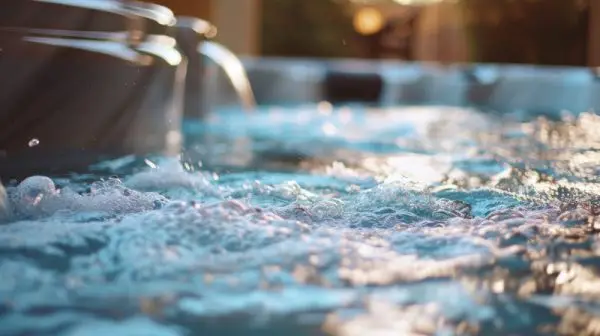
Consistent care is very important for clean hot tub water. You should test the water every day with test strips. Adjust the levels as needed to keep pH, sanitizer, and alkalinity at good levels. Once a week, shock the tub and clean the filters to keep it running well. Each month, check the calcium hardness and total alkalinity, and balance them if needed. Keep an eye on these levels to prevent problems before they start. By following these easy steps, you can relax in your hot tub, happy that your water chemistry is in great shape.
Daily Maintenance Tips
To keep your hot tub in great shape each day, first, check the sanitizer level and pH using test strips. If needed, adjust these levels with the right chemicals like chlorine or pH increaser. Next, skim the water to remove any debris and clean the hot tub surfaces to stop dirt from building up. Make sure the hot tub cover is on tight to keep the water warm and clean. Doing these easy daily tasks will help you have a safe and clean hot tub every day.
Weekly Hot Tub Upkeep
To keep your hot tub in great shape and prevent corrosion, you need to take care of it every week. Check the pH and sanitizer levels a few times a week. Make sure the water chemistry is right by adjusting the alkalinity and calcium hardness if needed. Scrub the walls and surfaces to stop scale buildup. Also, clean your hot tub cover regularly to keep a safe environment. By doing these simple tasks every week, you can enjoy clear and clean water for a nice, relaxing soak.
Monthly Chemical Checks
Remember to check your hot tub’s chemicals every month. This important step keeps your water clean and safe. By testing the alkalinity, pH levels, and sanitizer levels often, you can maintain a proper level of water balance and avoid problems like cloudy water or algae growth. If needed, make changes to the chemical levels to keep everything balanced for a nice soak. Be proactive and do these checks regularly. This way, you can enjoy your tub in great shape. Stay on top of your monthly chemical checks for a smooth hot tub experience.
Troubleshooting Common Hot Tub Water Problems
Cloudy water and algae are among the most common problems in hot tubs, but you can fix them easily. To clear cloudy water and prevent green water issues, focus on good filtration and the right chemical balance, especially with chlorine levels. To stop algae from growing, keep a steady sanitizer level and check the pH balance regularly. Make sure to look for scale buildup and deal with it quickly to keep your hot tub water clear. Remember, keeping your hot tub’s chemistry balanced helps you enjoy a clean and safe soak.
Dealing with Cloudy Water
If your hot tub water is cloudy, stay calm – this happens often! First, check the sanitizer level. Make sure your filtration system is clean. Test the pH and adjust it if you need to. You might want to shock treat the water. Run the filtration system for a longer time. Using a clarifier can help clear the water too. Keep in mind that good hot tub chemistry helps stop cloudy water in the future. Enjoy your soak!
Preventing Algae and Biofilm Buildup
One main challenge in taking care of a hot tub is stopping algae and biofilm from forming. To fix this, you need to clean and disinfect often, including checking your plumbing system. Keep the right amounts of sanitizers like chlorine or bromine. Using algaecides and enzymes can also help prevent these problems. It’s important to test the water regularly and balance the chemicals too. By keeping a maintenance schedule and being proactive, you can have a clean and healthy hot tub.
Conclusion
To sum up, it is important to keep the right hot tub chemistry to enjoy a safe and clean spa. You need to know how chemicals work, what maintenance steps to take, and how to test the water. This way, your hot tub water will stay balanced. Remember that consistency is key! Watch the pH levels, sanitizer levels, and overall water quality. This can help you avoid common problems like cloudy water or algae. With these tips, you will enjoy a perfectly balanced hot tub soon!
Frequently Asked Questions
How Often Should I Test My Hot Tub Water?
To keep your hot tub healthy, test the water 2-3 times a week using a good testing kit. Things like how often you use it, the weather, and the chemical balance can change how often you should test. Regular testing helps keep the water clear and safe, so you can enjoy your soak.
Can I Use Pool Chemicals in My Hot Tub?
Mixing pool chemicals and hot tub chemicals can be risky. This is because they have different mixes and strengths. What works for a pool may not be good for the delicate skin of hot tub users. It’s important to always use chemicals made just for hot tubs. This helps keep the water safe and balanced.
Is It Safe to Add Chemicals While the Hot Tub Is In Use?
It’s not safe to add chemicals while using the hot tub. Water movement can cause splashes. Always follow the manufacturer’s safety guidelines. Make sure you have good airflow and read the labels carefully before adding any chemicals to your tub.



